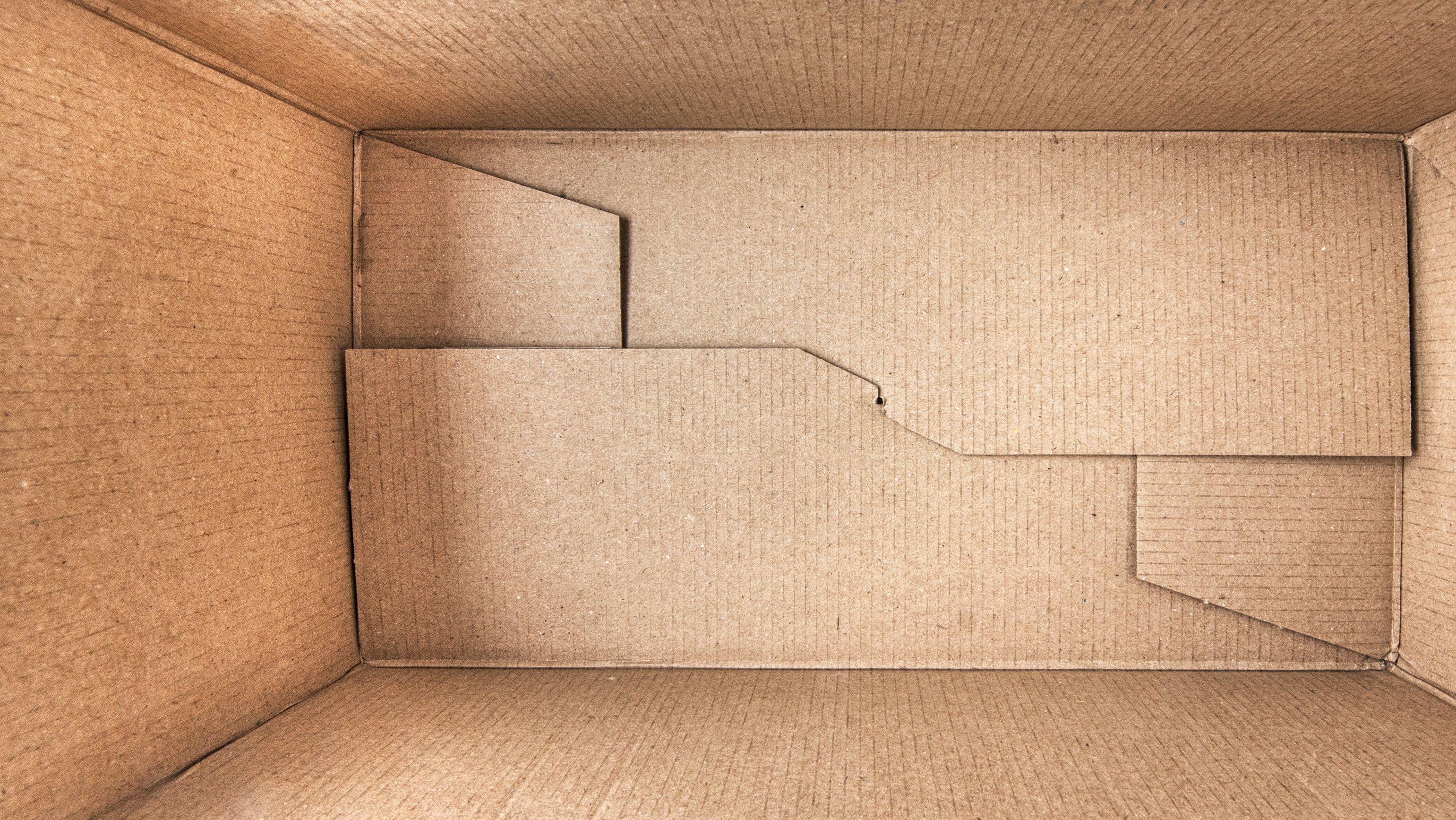


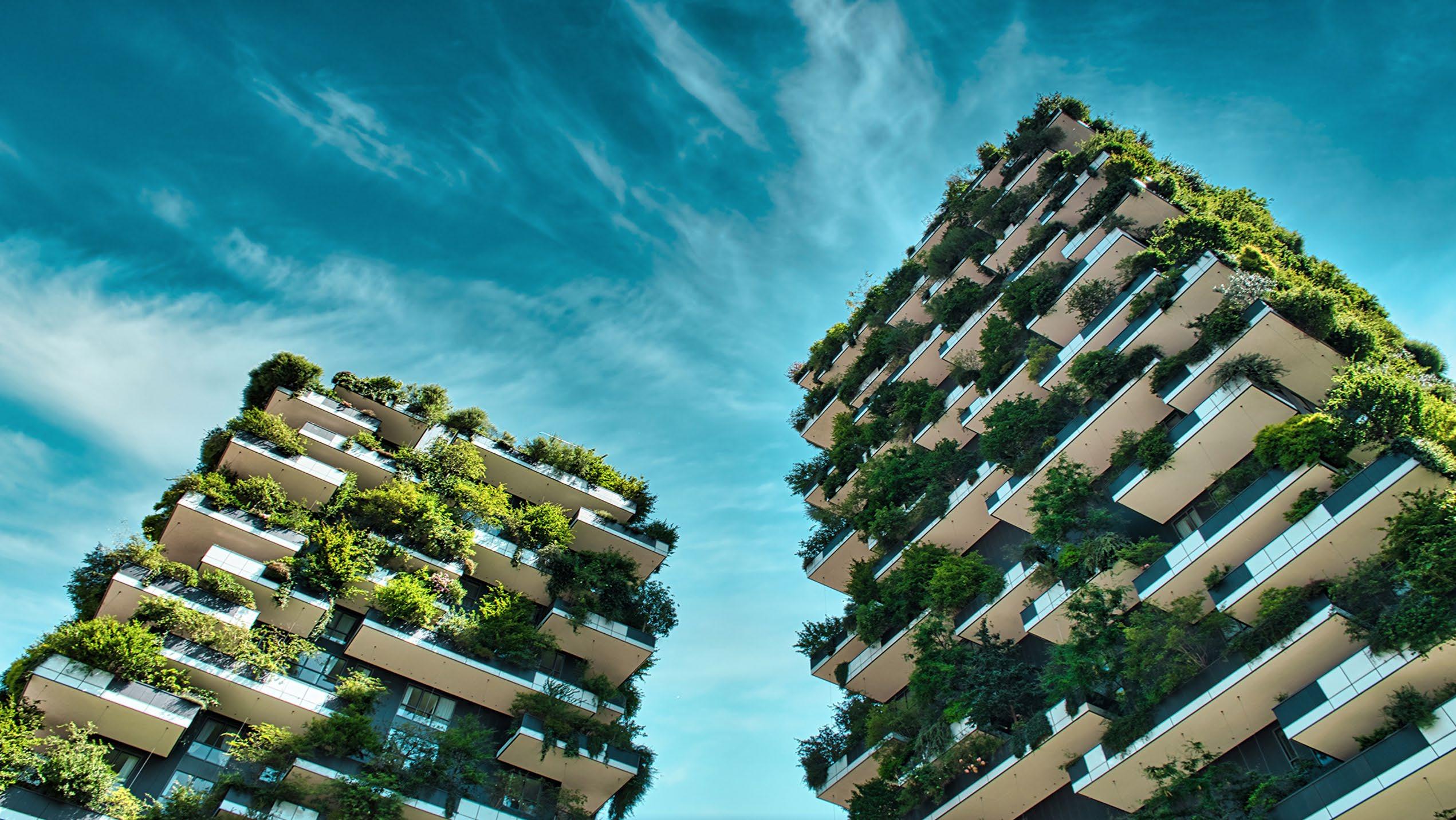






While global environmental challenges such as climate change, pollution and waste are escalating, the demand for raw materials continues to increase. As a society, we’re becoming more aware and consumers are demanding more, of the products and services they buy. They expect companies and governments to lead the way by radically reducing their impact on the natural world and by offering more sustainable solutions.
Our Now and Next Sustainability Strategy focuses on the sustainability challenges we are facing today, as well as those that will impact future generations. Starting from our circular business with packaging solutions, recycling and papermaking, we want to lead the way and help our customers prepare for the circular economy.
Top 5 environmental issues around the world1 37% 33% 32% 26% 25%
Global warming / climate change
Air pollution Dealing with the amount of waste we generate De-forestation Water pollution
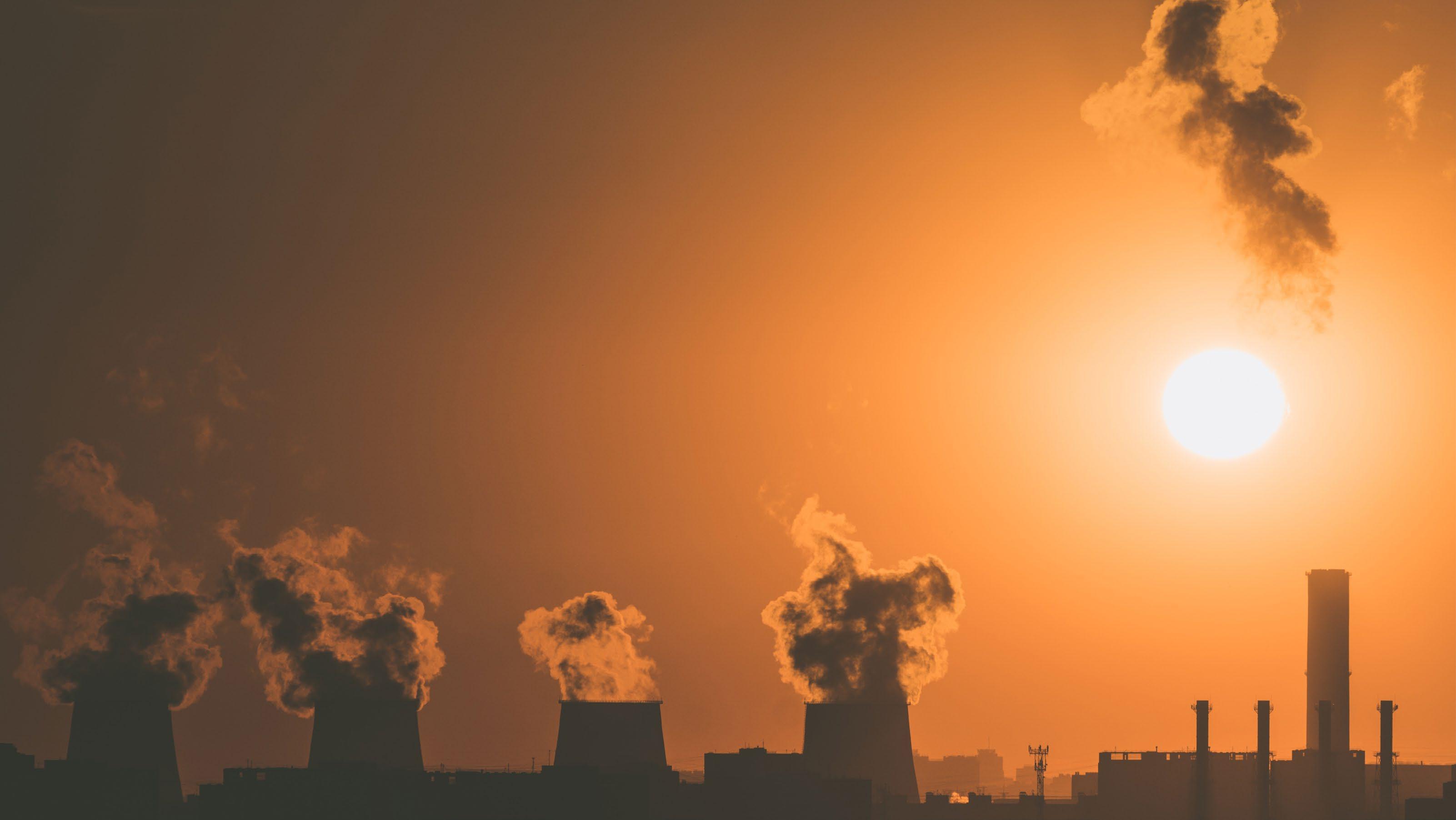
We live in a linear economy, where we take natural resources and turn them into products ultimately destined to become waste because of poorly considered design.
By contrast, the circular economy is based on the principles of designing out waste and pollution, keeping products and materials in use for longer and regenerating natural systems.
The top 3 issues for consumers when purchasing products in general, in order of importance2
Produced in my country
A process that can be summarized as “take, make, waste”.
By closing the loop through reuse, sharing, repair, refurbishment, remanufacturing and recycling, we can minimize the use of resources and eliminate the creation of waste and pollution.
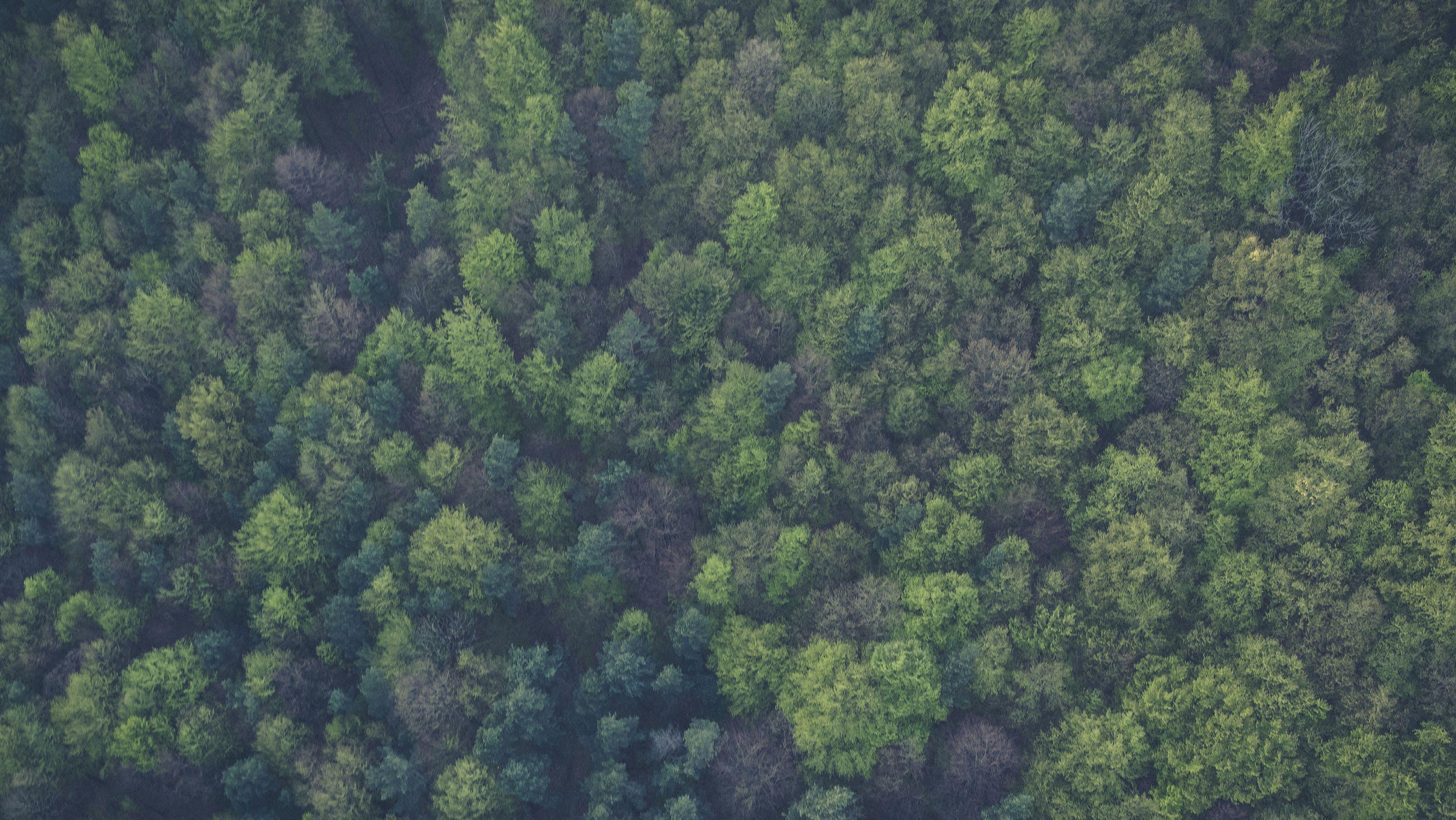
The circular economy also helps to tackle global challenges such as biodiversity loss and climate change.
In the minimum possible amount of packaging
Packaged in recyclable materials
Looking beyond the current take-make-dispose extractive industrial model, a circular economy aims to redefine growth, focusing on positive society-wide benefits. It entails gradually decoupling economic activity from the consumption of finite resources and designing waste out of the system. Underpinned by a transition to renewable energy sources, the circular model builds economic, natural and social capital.

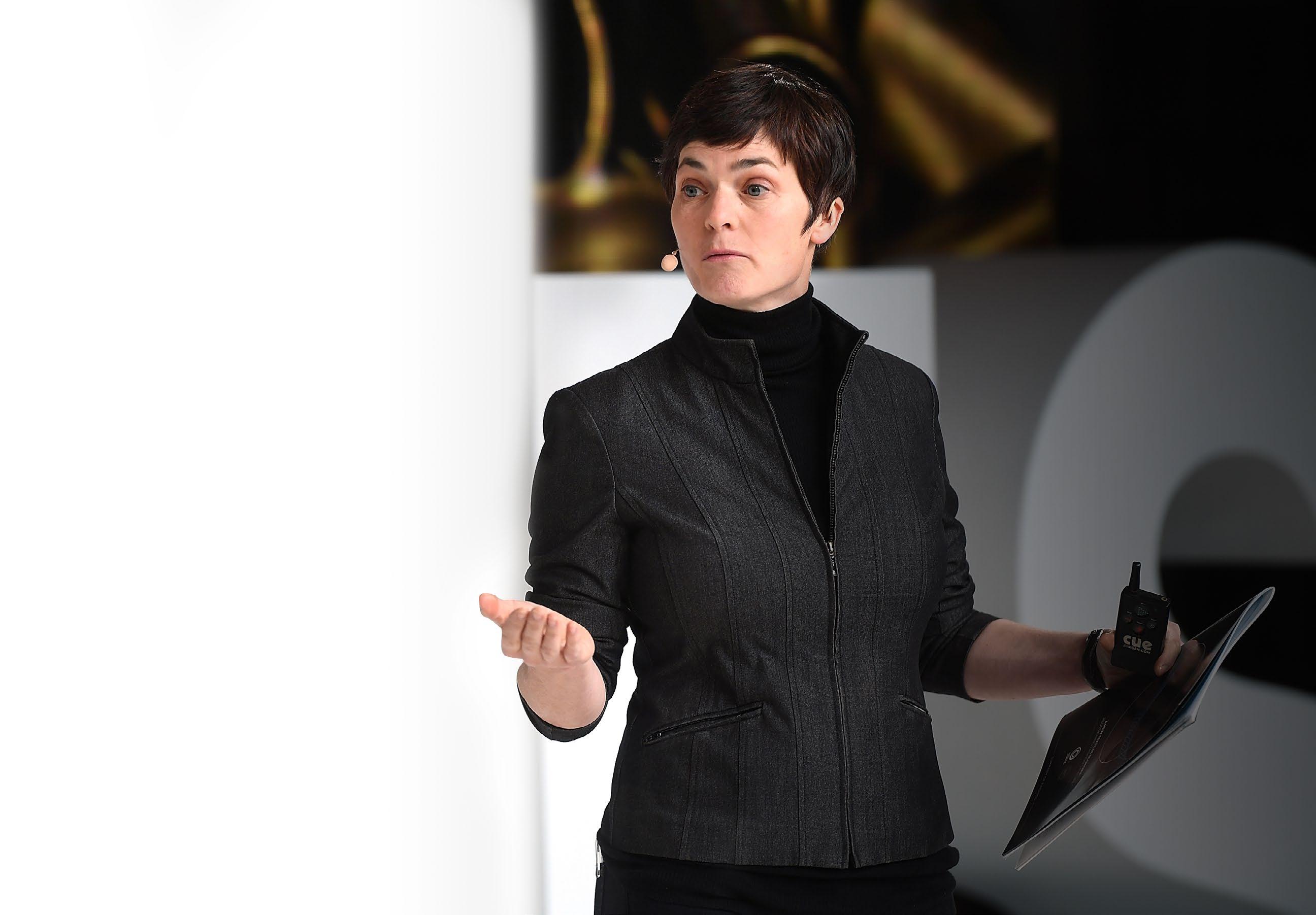 Ellen McArthur Foundation’s Definition of the Circular Economy
Ellen McArthur Foundation’s Definition of the Circular Economy
There is an enormous opportunity to do more with cardboard to accelerate the transition to the circular economy. Circular by nature, our cardboard is produced from fibres that can be recycled multiple times, sourced from responsibly managed forests. We have over 700 designers and innovators who think and create with Circular Design Principles, principles we have developed in collaboration with the Ellen MacArthur Foundation.
Launched in 2020, our Circular Design Principles enable our designers to create for circularity, helping our customers reduce their packaging impact and meet their sustainability targets.

i
Over 80% of a product’s environmental impact is determined at the design stage.3
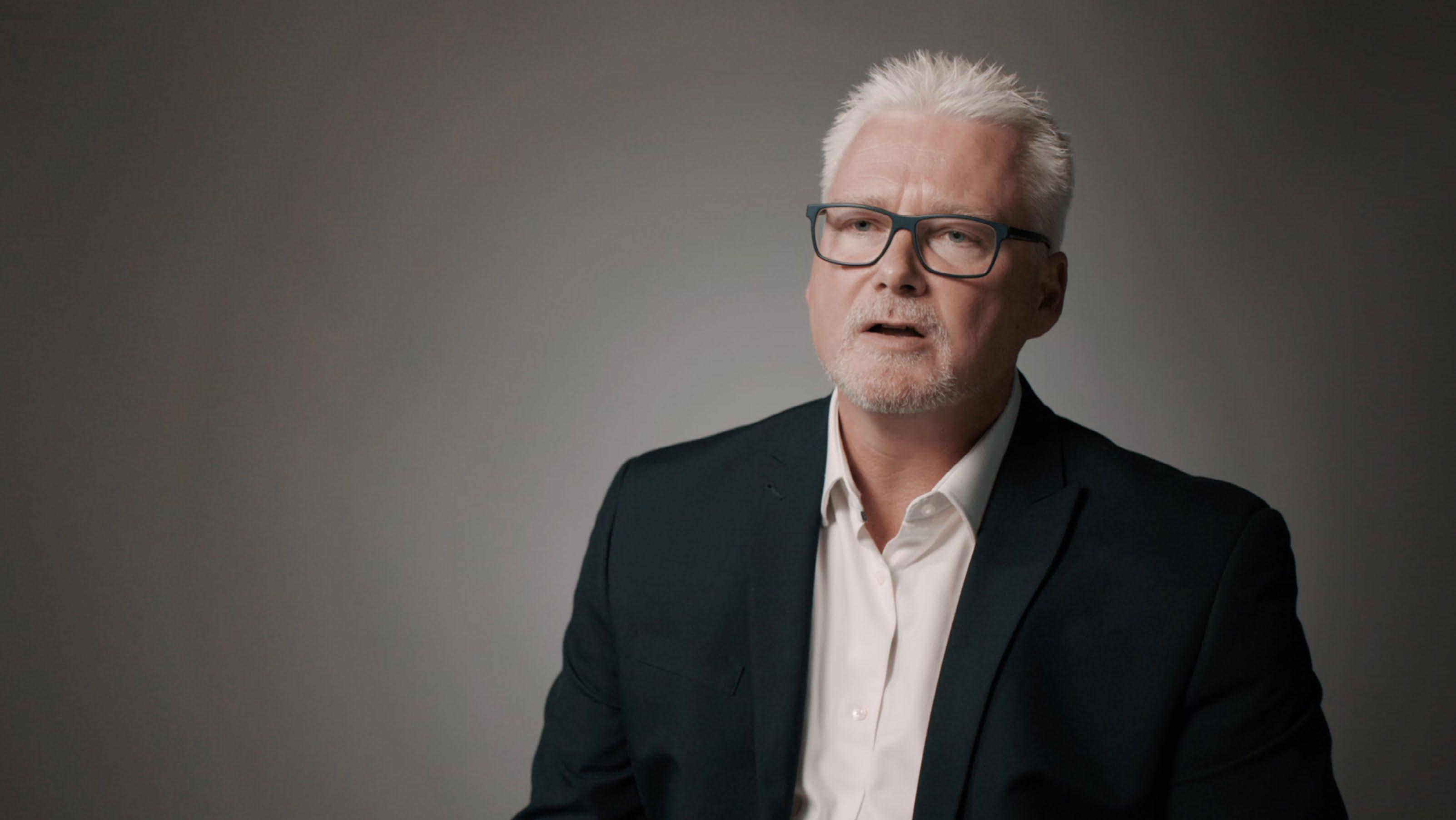
The modern consumer is highly engaged and wants to have a say in the future of our world and our resources. They see their purchasing choices as a way to have influence and will actively seek out products and companies offering sustainable solutions.
Four out of five people (80%) say climate change is an important issue for them.4
64% of consumers are willing to pay more for sustainable packaging.5 78% of people are more likely to purchase a product that is clearly labeled as environmentally friendly. 6
The average European has thrown away a whopping 41% or their recyclable goods into the rubbish bin.

When it comes to achieving sustainability targets across a supply chain, packaging is naturally an area of focus for our customers.

The Circular Design Metrics give brands a unique opportunity to drive sustainability performance through their packaging, by helping reduce waste and pollution, keeping materials and products in use for longer and regenerating natural systems.
Liz Manuvelpillai, Head of Strategic Accounts – UK PackagingSustainability is very important for our customers’ business strategies as we transition towards a circular economy.
Only by understanding our customer’s unique supply chains can we optimize performance along every touchpoint, including: Not using any more fibres than necessary. Eliminating empty void space. Optimizing box size for most efficient product fill. Palletization and on-shelf efficiency. Removing lorries from the road.
We apply our leading packaging performance programme PACE (Performance, Assurance Consistency, Environment) to identify opportunities for optimization, without ever compromising on performance.
Today, the fibre use in almost 1 in 4 of our new packaging solutions are fully optimized for individual supply chain.
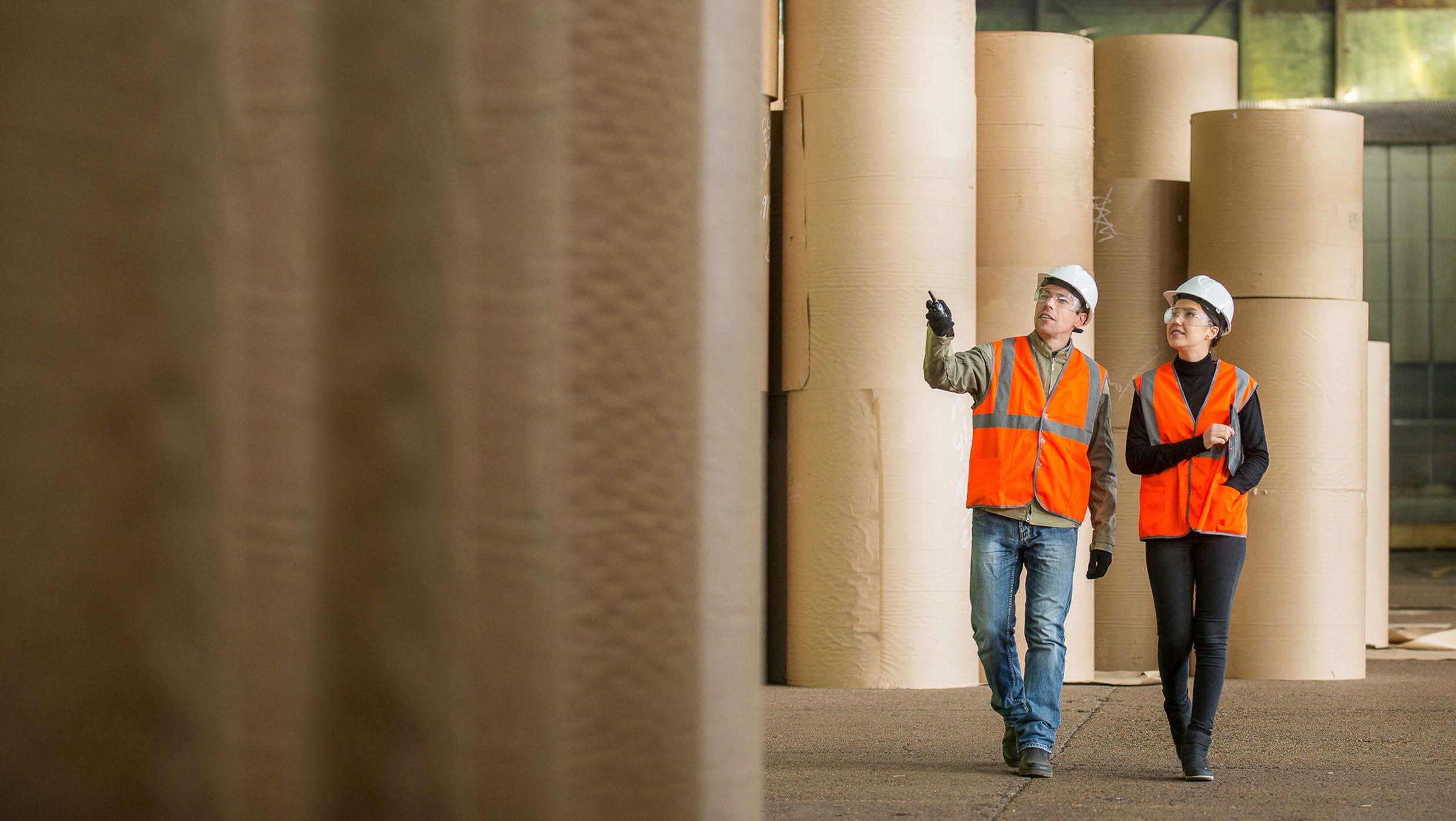
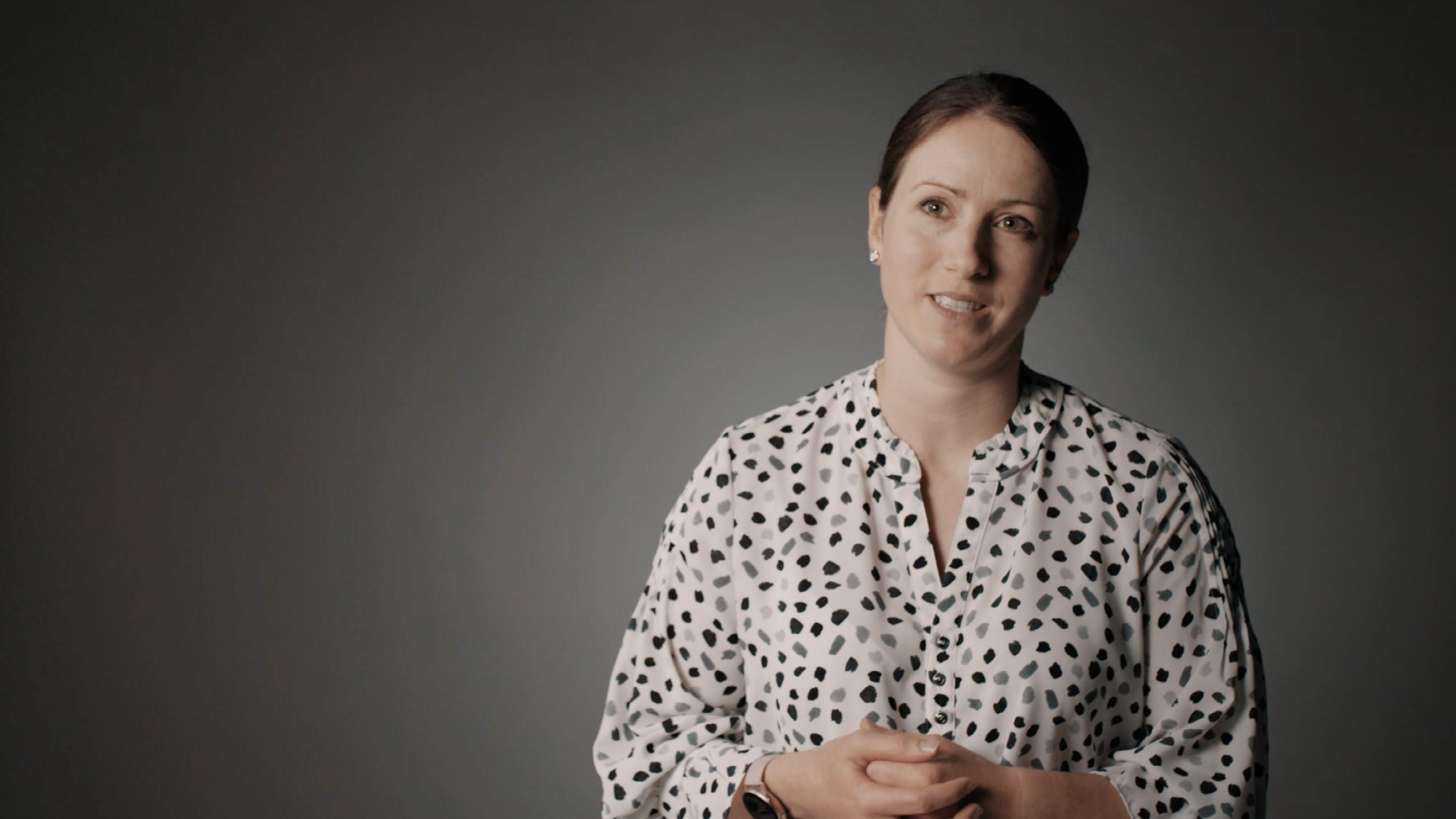


If the packaging doesn’t reach the recycling process, does it break down naturally in the environment?
Corrugated board is naturally biodegradable. This metric determines which components in the design are not planet safe, so that safer alternatives can be found.
For instance, a 3 mm ripper tape in a washing powder box is considered a non-recyclable element.

To improve the bio-degradable qualities of this packaging design, solutions are considered to eliminate the ripper tape.

This metric is about production waste.

What is the percentage of waste during the die cut process, proportionate to the overall area of the cut blank? This waste is naturally part of the production process and is recovered and recycled. However, the goal remains to minimise and eliminate excessive waste by focusing design on a better solution.
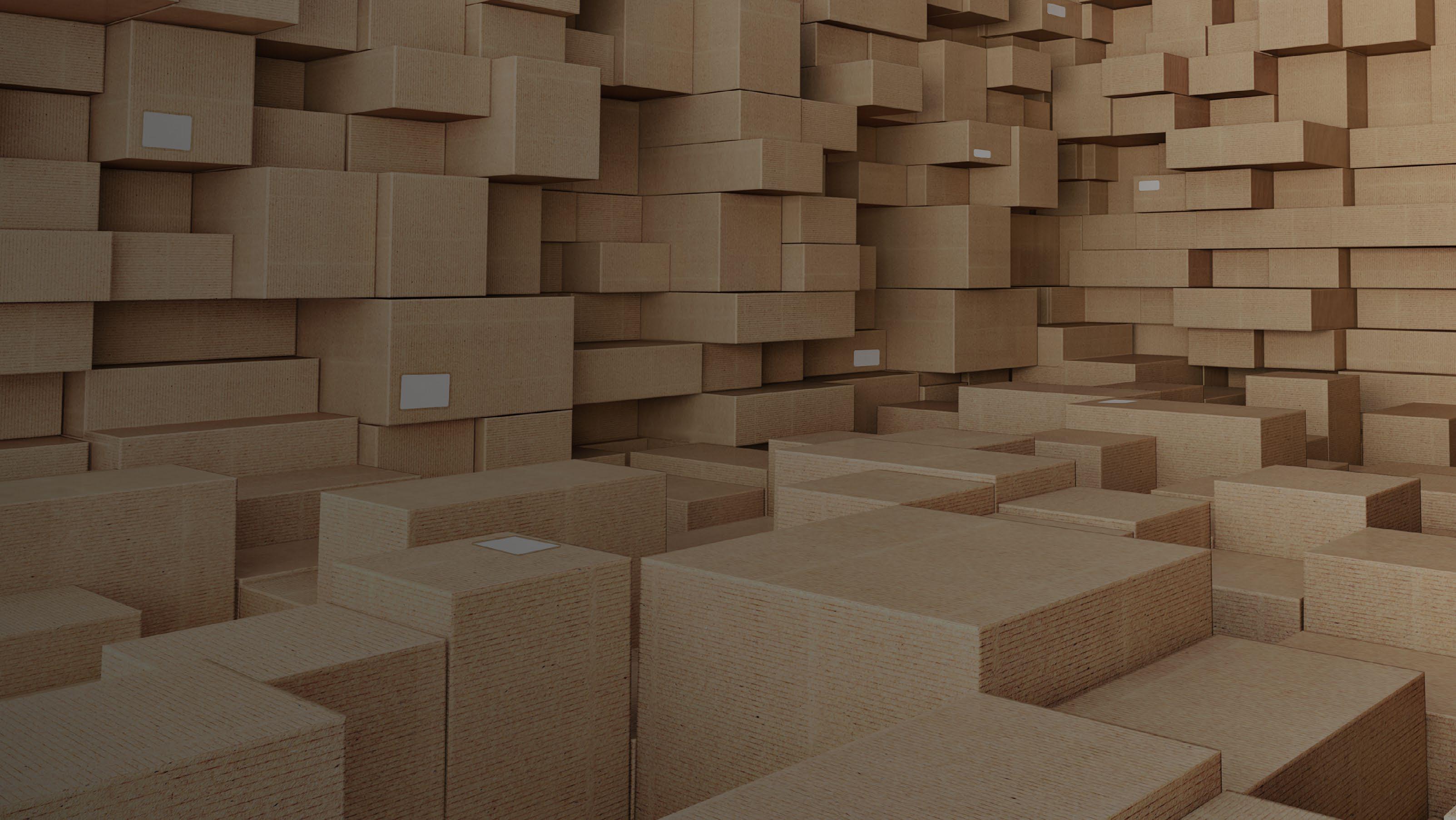
Die cut
98% of our production
This metric shows how much of the entire packaging solution comes from renewable sources.
Any component not produced from a renewable source detracts from the 100% value attributed to corrugated material.
This metric is used to identify non-recyclable solutions for which renewable alternatives need to be found.
i
Wood fibre used in paper is a renewable resource8 100 % of our papers are recycled, or chain of custody certified7
3 trees are planted for every tree that is harvested in our supply chain8
Growing trees absorb CO2 from the atmosphere, with young growing trees absorbing the most8
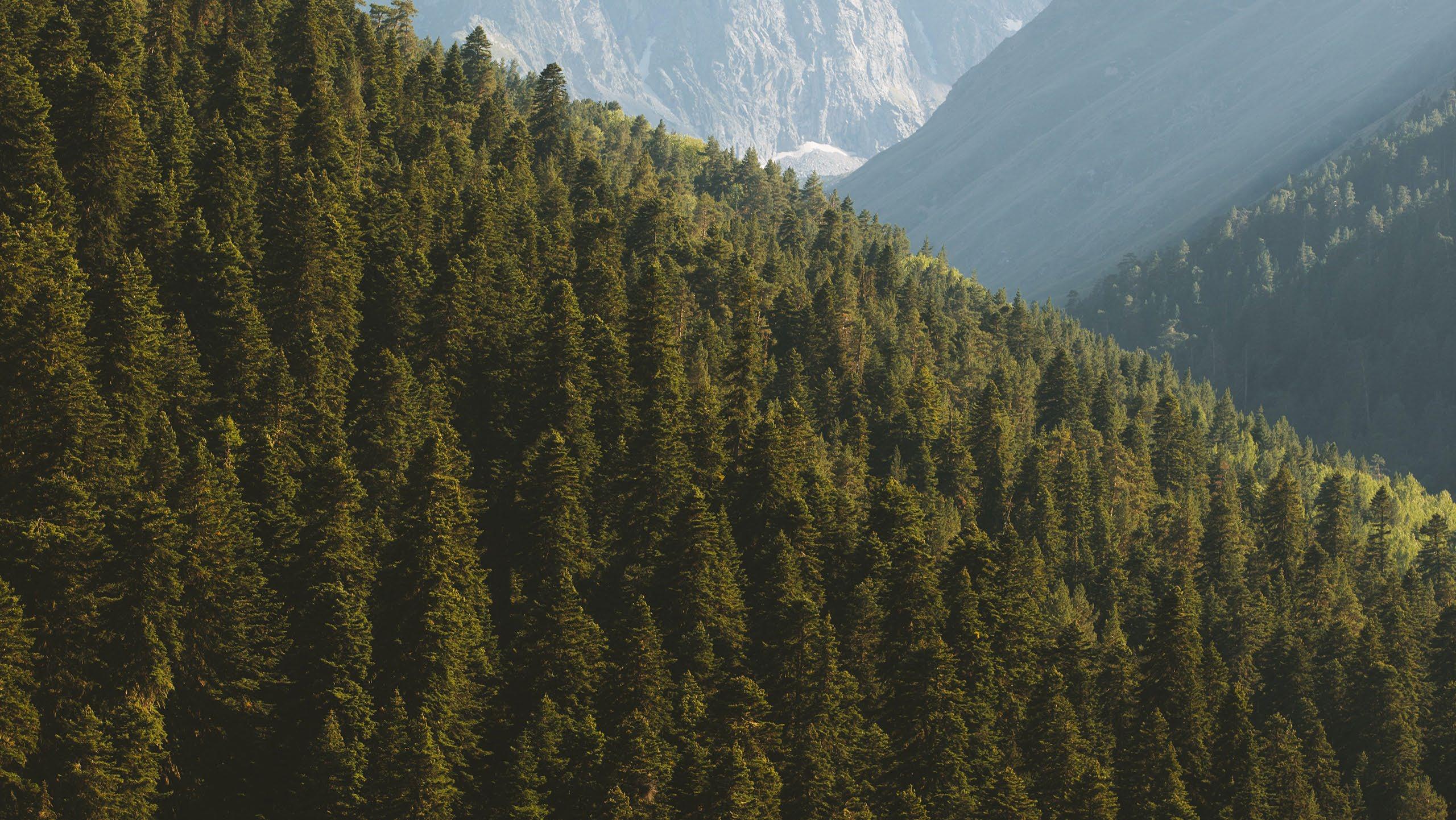

A key principle of the circular economy is to keep materials in use for longer.
Our packaging is primarily manufactured from recycled fibres. To reduce non-recycled content further, an accurate and reliable paper and board database is used. This provides a precise recycled-content value for the corrugated element of the packaging design. It can question the requirement of non-recycled materials, even in virgin fibre, for everything that is produced.
More than 80 % of the fibres we use to make new corrugated packaging are recycled content.7

Lifecycle analysis is a very complex business and it is approached in two ways:
Cradle to Gate
This is the value of CO2 emissions used in the production of a packaging solution from the raw materials to the processes of manufacture right to our factory gate.

Cradle to Cradle
This is the measure of CO2 emission for a packaging solution from the raw materials (which also includes usage) up to end of life.
This is where the metrics value tool comes in, to quantify the CO2 impact of packaging solutions right across the supply cycle.

The concentration of carbon dioxide (CO2) in our atmosphere, as of May 2021, is the highest it has ever been.9
CRADLE TO GATE TO CRADLE

Has the packaging been designed to be used several times?
A key principle of the circular economy is to keep products and materials in use for longer. How can this be applied for corrugated packaging?
Different ways to reuse include: Maintain Reuse Redistribute Refurbish Remanufacture
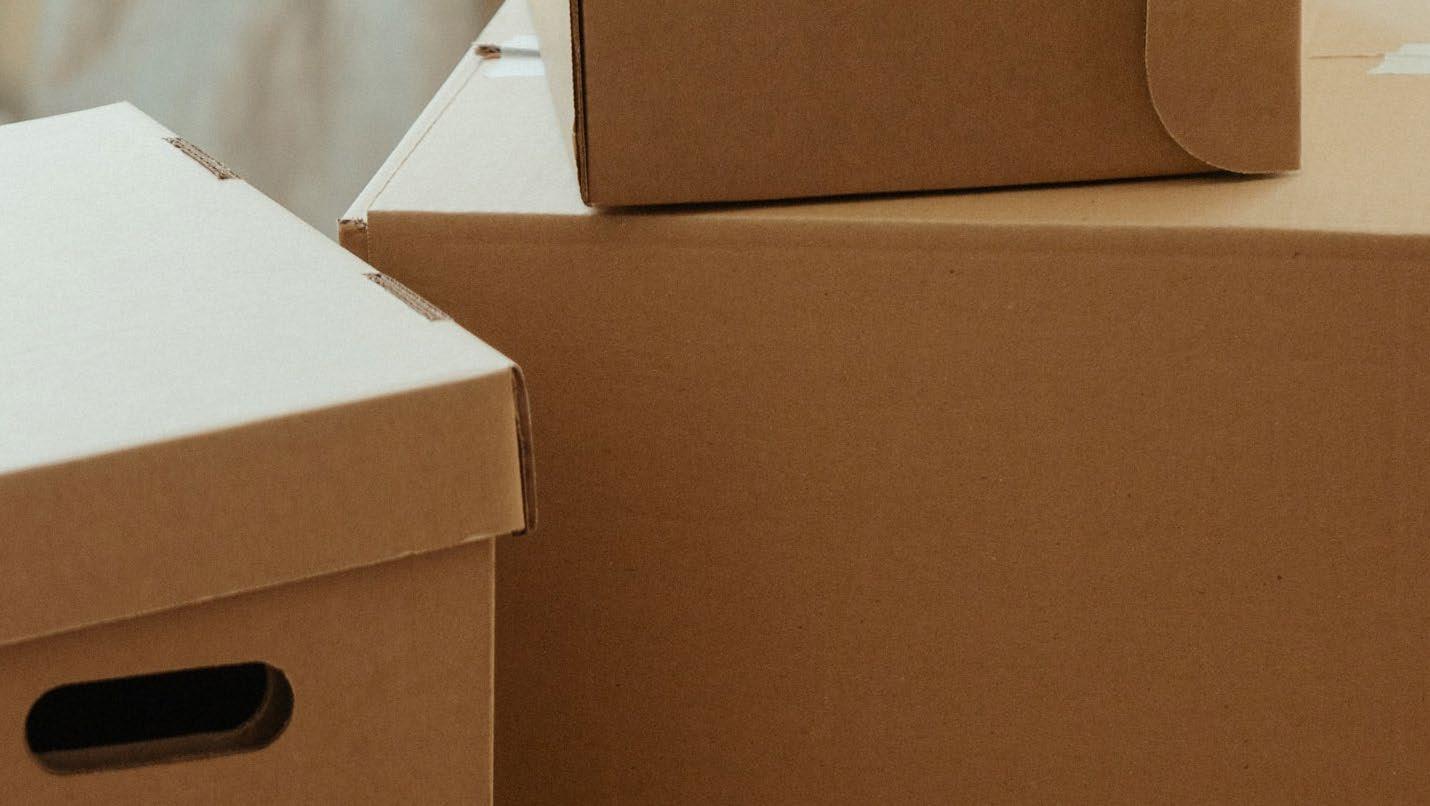
There is no need to compromise between:
Protecting your product.
Making your entire supply cycle more efficient.
Boosting your environmental performance.
Delivering a better customer experience.
We can help you achieve all four. By understanding your business and your supply chain, we can design the right packaging solutions for your business.

